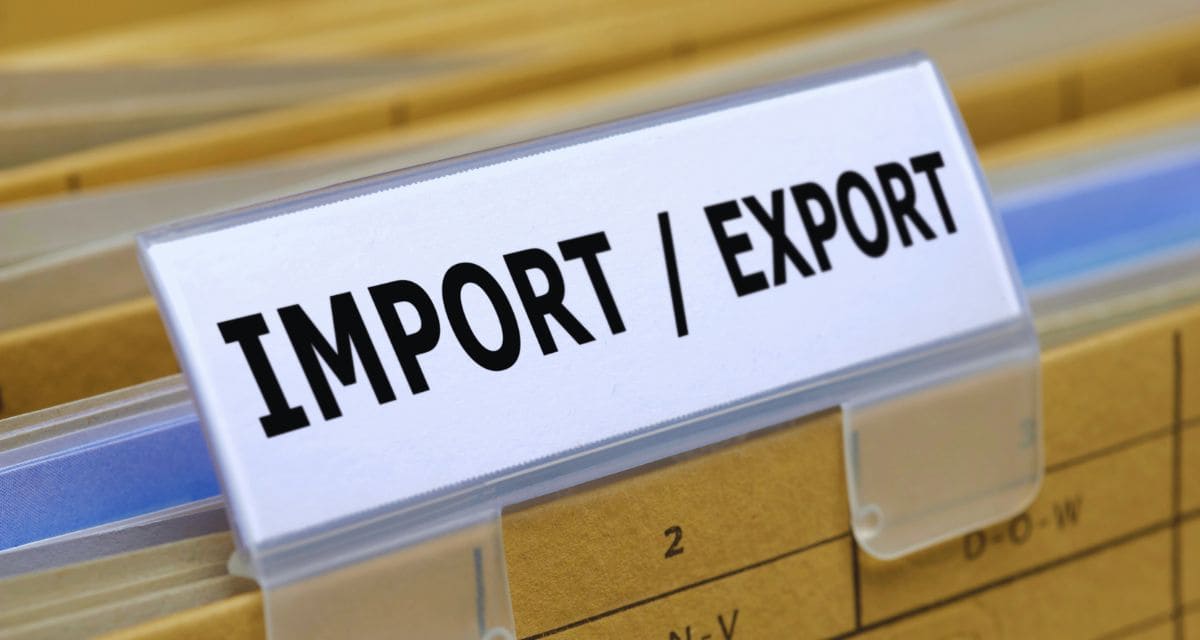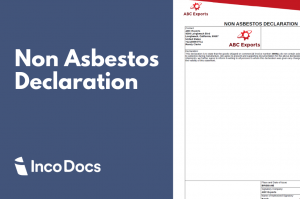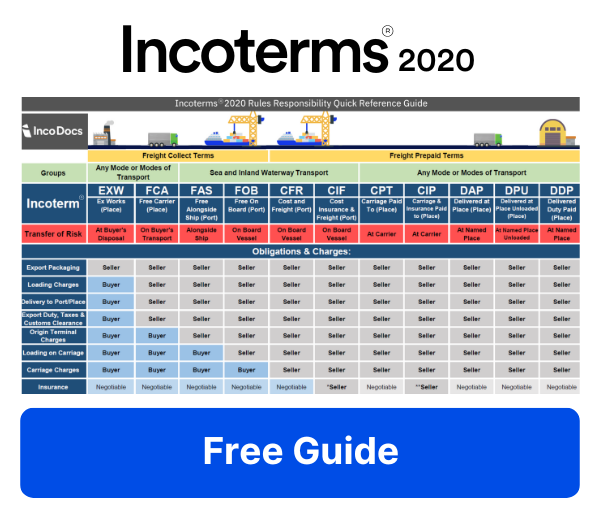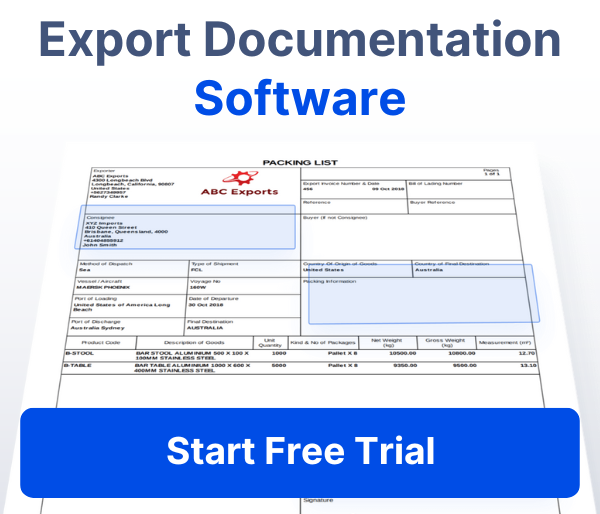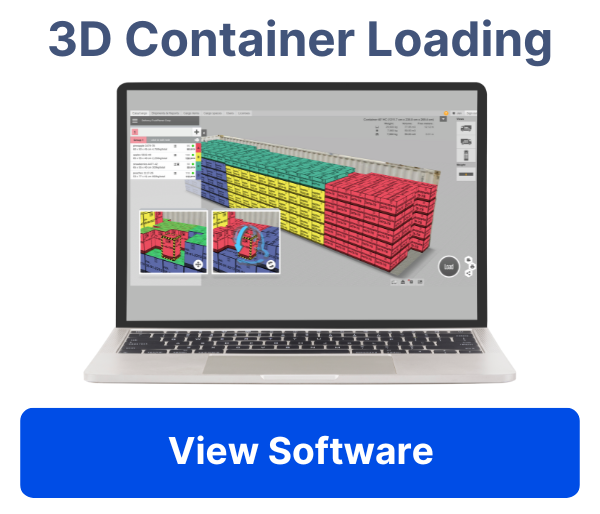Duty Drawback – How to Recover Import Duties and Maximize Trade Profits
Billions in Unclaimed Duty Drawback Refunds
Billions of dollars are left unclaimed every year. Many businesses pay duties on imports without realizing they could get that money back. This happens because companies either do not know about the refund process or assume it is too complex. The truth is, businesses of all sizes can qualify, from manufacturers to retailers and exporters.
This refund system exists to support trade and keep businesses competitive. Governments allow companies to recover costs when goods move across borders. Understanding how this process works can help businesses cut expenses and improve cash flow. Many companies never take advantage of this, even when they qualify.
What is Duty Drawback?
Duty drawback is a U.S. Customs and Border Protection (CBP) program that refunds up to99% of customs duties, taxes, fees, and tariffs paid on imported goods that are later exported or destroyed. This refund helps businesses lower expenses and improve cash flow in international trade. The program is established under 19 U.S.C. § 1313, making it a formal system that companies can use to recover import duties.
The duty drawback system has existed since1789, making it one of the oldest trade programs in the U.S. It was created to support exporters by reducing the financial burden of customs duties on imported goods. Over time, the process has been updated to fit modern trade practices. The Trade Facilitation and Trade Enforcement Act (TFTEA) expanded eligibility and introduced faster refund processing. These updates allow more businesses to qualify and make it easier to claim refunds.
Who Can Claim Duty Drawback?
Importers Who Export Goods
Importers that bring products into the country and later ship them overseas can claim a refund. The goods must be in the same condition as when they arrived. Businesses in retail, wholesale, and distribution often qualify.
Example: A retailer imports sunglasses and sells them internationally without making changes.
Manufacturers Who Use Imported Materials
Manufacturers that import raw materials, use them in production, and export the finished product can recover the duties paid. This is useful for industries like automotive, electronics, and textiles, where imported components are turned into new products.
Example: A company importssteel, manufactures car parts, and exports them.
Exporters Who Purchase Duty-Paid Goods
Some businesses do not import directly but buy goods that have already had duties paid. If they later export these products, they may still qualify for duty drawback. This applies to wholesalers, resellers, and distributors that sell products to international buyers.
Example: A U.S. wholesaler buys electronics from a domestic supplier and exports them to Canada.
Third-Party Drawback Claimants
In some cases, the importer and exporter are different companies. The right to claim duty drawback can be transferred between them. Businesses involved in bulk trading, contract manufacturing, or international supply chains can use this system.
Example:
- Company A imports wine and sells it in the U.S.
- Company B buys the wine and exports it.
- Company A transfers the drawback rights to Company B, allowing them to claim the refund.
Businesses That Destroy Goods Under CBP Supervision
Some businesses cannot sell their imported goods because they are damaged, defective, or overstocked. These companies can claim a refund if the goods are destroyed under CBP supervision. This applies to retailers, manufacturers, and suppliers that deal with returns or unsellable stock.
Example: A company imports faulty smartphones that cannot be sold and destroys them to claim a refund.
Types of Duty Drawback With Examples
There arefive major types of duty drawback, each allowing businesses to recover costs differently.
Manufacturing Direct Identification Drawback
Some manufacturers import raw materials, turn them into finished products, and export them. This type of duty drawback allows them to recover duties paid on the imported materials. The key requirement is tracking the exact material used in production. Businesses must prove that the exported product contains the same imported material.
This method works best for companies that use lot numbers, serial numbers, or detailed inventory records. Industries like footwear, textiles, and machinery often rely on this system.
Example:
A U.S. shoe company importsleather from Italy. They use this same leather to make shoes. Once the shoes are exported, the company files for duty drawback and claims a refund on the import duties.
Manufacturing Substitution Drawback
Some manufacturers import raw materials but do not always use the exact same batch in production. Instead of tracking each imported unit, manufacturing substitution drawback allows businesses to claim a refund when they export a product made with a commercially interchangeable material.
To qualify, the imported and substituted materials must meet the commercial interchangeability standard, which is determined by factors such as:
- HTS Code (typically at the 8-digit level)
- Part Number or SKU
- Quality and Grade
- Function and Use
- Value and Price Differences
CBP assesses these factors on a case-by-case basis. While HTS codes are a strong indicator, they are not the only requirement for substitution claims. Businesses should maintain clear records to justify interchangeability.
Example:
A manufacturer imports duty-paid aluminum coils with an 8-digit HTS code of 7606.12.30. They also buy domestic aluminum coils of the same thickness and grade. When the company exports car parts made from the domestic aluminum, they can still claim a drawback refund on the imported aluminum because the materials meet CBP’s commercial interchangeability standard.
Unused Merchandise Direct Identification Drawback
This applies when imported goods are exported without any changes or use. The goods must be in the same condition as when they were imported. To qualify, businesses need to prove that the exported items are the exact same ones they brought into the country.
This method works well for companies that deal with products like electronics, retail goods, or bulk items. It is ideal for businesses that import products but later decide to sell them overseas without using them in the U.S.
Example:
A distributor imports duty-paid smartphones. They keep the phones unopened and later export them to another country. Because the smartphones were not used or modified, the distributor can recover the import duties.
Unused Merchandise Substitution Drawback
This applies when businesses export a product that is similar but not the exact same as the one they imported. The goods must be unused and of the same kind and quality as the original imported item. To qualify, both products need to fall under the same8-digit HTS code to prove they are commercially interchangeable.
This method is useful for companies that handle large inventories where tracking each unit is difficult. It works well for industries like textiles, chemicals, and raw materials where products are often similar in nature.
Example:
A textile company imports duty-paid fabric. Later, they export a different batch of fabric that is the same quality and type. Since both batches fall under the same 8-digit HTS code, they still qualify for a duty refund even though they did not export the exact imported fabric.
Rejected Merchandise Drawback
Rejected Merchandise Drawback applies when imported goods are defective, do not meet specifications, or were shipped without the importer’s consent. These goods must be returned or destroyed under CBP supervision to qualify for a refund.
Example:
A company imports a batch of defective LED screens. They return them to the supplier overseas and file for duty drawback.
How Long Do Businesses Have to File a Duty Drawback Claim?
To recover import duties, businesses must file drawback claims within five years from the date of importation. The specific deadlines depend on the type of claim:
General Filing Deadline:
- All drawback claims must be submitted within 5 years of the date of importation.
Export Deadline for Manufacturing and Unused Merchandise Drawback:
- Claims must be filed within 3 years from the date of exportation or destruction of the goods.
If a company exported goods in previous years but never filed a drawback claim, they can still apply retroactively as long as they meet these time limits. Businesses that regularly export should review past shipments to identify potential refunds.
How to File a Duty Drawback Claim (Step-by-Step Process)
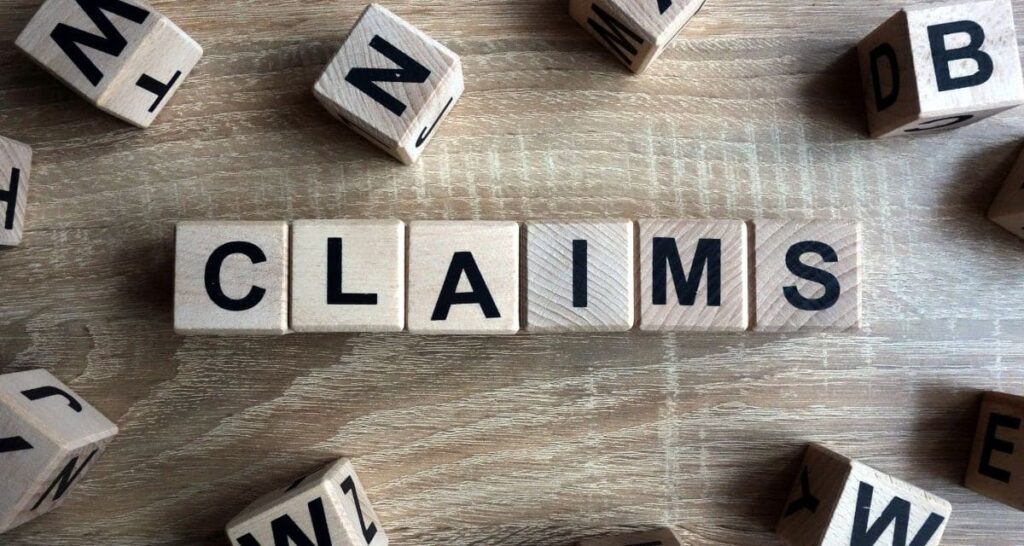
Filing a duty drawback claim can seem complex, but following these structured steps simplifies the process. Businesses should ensure proper documentation and compliance to maximize refunds.
Confirm Eligibility
Identify the type of drawback claim that applies to your situation:
- Manufacturing Drawback – If you import materials, use them in production, and export the finished goods.
- Unused Merchandise Drawback – If you import goods and later export them in the same condition.
- Rejected Merchandise Drawback – If you return or destroy defective or unwanted imports.
Gather Required Documentation
Proper documentation is essential for a successful claim. Businesses should collect and maintain:
- Proof of Importation – Customs entry records, invoices, and duty payment receipts.
- Proof of Exportation – Bills of lading, air waybills, and export declarations.
- Commercial Interchangeability Evidence (if applicable) – HTS codes, product specifications, and part numbers.
- Destruction Certification (if applicable) – If claiming drawback on destroyed goods, CBP must supervise and certify disposal.
Submit a Notice of Intent (If Required)
For certain types of drawback claims—especially rejected merchandise and goods subject to destruction—businesses must notify CBP before exporting or destroying the goods. This ensures CBP can verify compliance.
File the Drawback Claim with CBP
All drawback claims must be electronically submitted through CBP’s Automated Commercial Environment (ACE). Businesses need to file:
- CBP Form 7551 – Drawback Entry Form.
- CBP Form 7553 – Notice of Intent to Export, Destroy, or Return Goods.
- Supporting import and export documentation.
Wait for CBP Review and Approval
Once the claim is filed, CBP reviews the documentation. Processing time varies, but standard drawback refunds may take several months. Businesses should be prepared for potential audits or requests for additional documentation.
Accelerated Payment Option: Get Refunds Faster
For businesses seeking quicker refunds, CBP’s Accelerated Payment Program allows approved applicants to receive a portion of the refund before the full claim is processed.
How to Qualify for Accelerated Payment:
- Submit a Bond – Businesses must provide asurety bond to cover potential overpayments while CBP completes the final review.
- Pre-Approval by CBP – Companies must apply for Accelerated Payment Privileges and pass a compliance check.
- Regular Compliance Checks – Claimants must maintain accurate records and adhere to CBP guidelines to keep their eligibility.
Timeline for Accelerated Payment:
- Once pre-approved, businesses may receive an initial refund within 30–60 days after filing.
- The final refund balance is paid after CBP completes a full audit, which may take additional months.
This program is highly beneficial for companies with frequent exports, as it improves cash flow and reduces waiting periods for duty refunds. However, maintaining strict compliance and accurate documentation is essential to avoid delays or audits.
International Duty Drawback Programs (Comparison)
Many countries have their own duty drawback systems, each with unique rules:
| Country | Program | Key Difference |
|---|---|---|
| U.S. | Duty Drawback (CBP) | Refunds up to 99% of duties, taxes, and fees. The TFTEA modernization streamlined processes and expanded eligibility. |
| Canada | Duty Deferral Program | Businesses can defer duty payments, store goods duty-free in bonded warehouses, or claim refunds upon export. |
| EU | Inward Processing Relief (IPR) | Duties are suspended on imports used in manufacturing for re-export. If sold in the EU, duties must be paid. |
| India | Duty Drawback Scheme | Refunds customs and excise duties on imported inputs used in exports. Aims to enhance export competitiveness. |
Businesses that operate internationally should compare drawback programs to maximize refunds across multiple markets.
